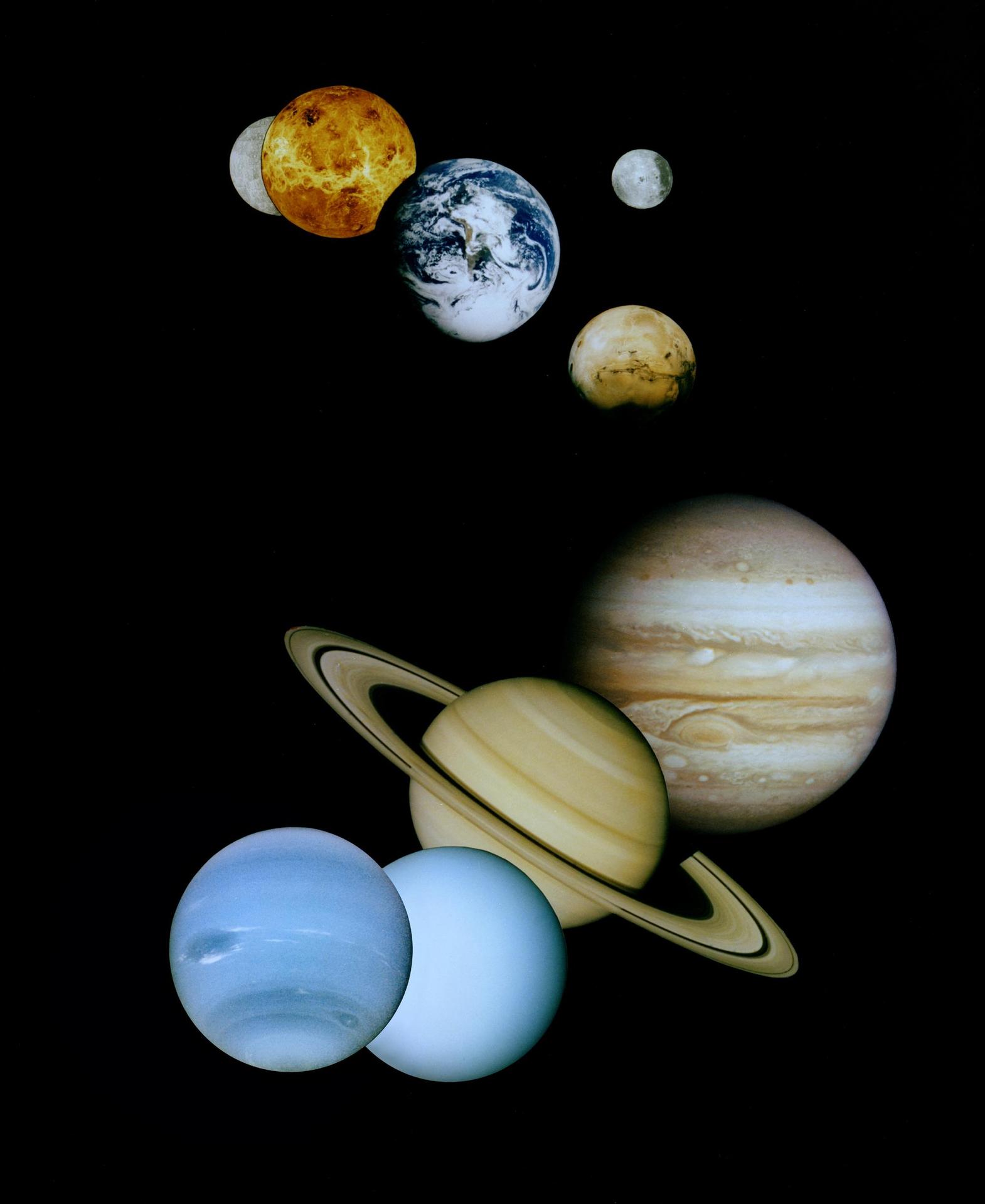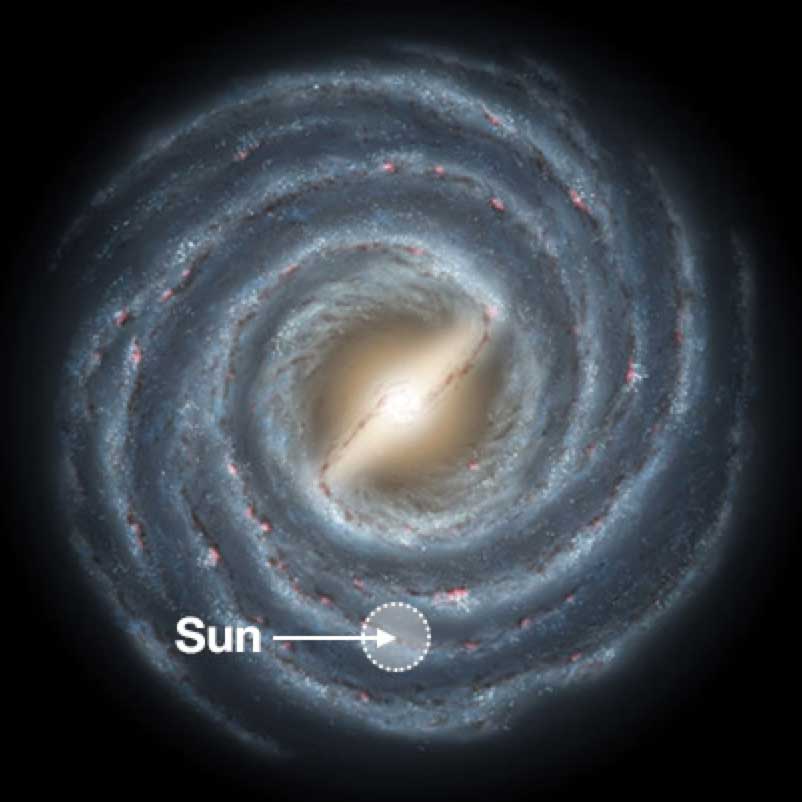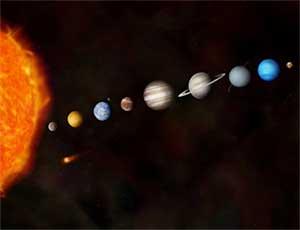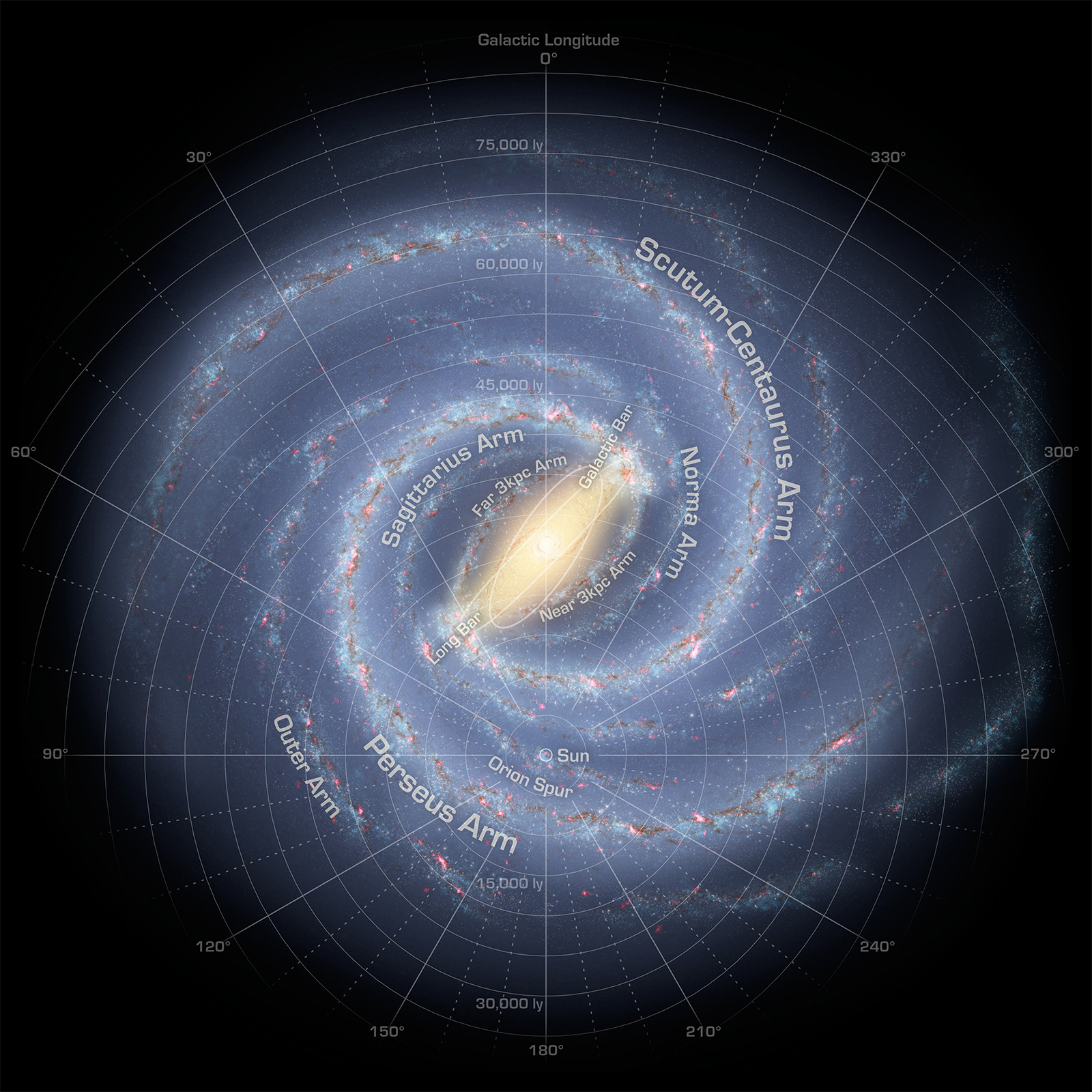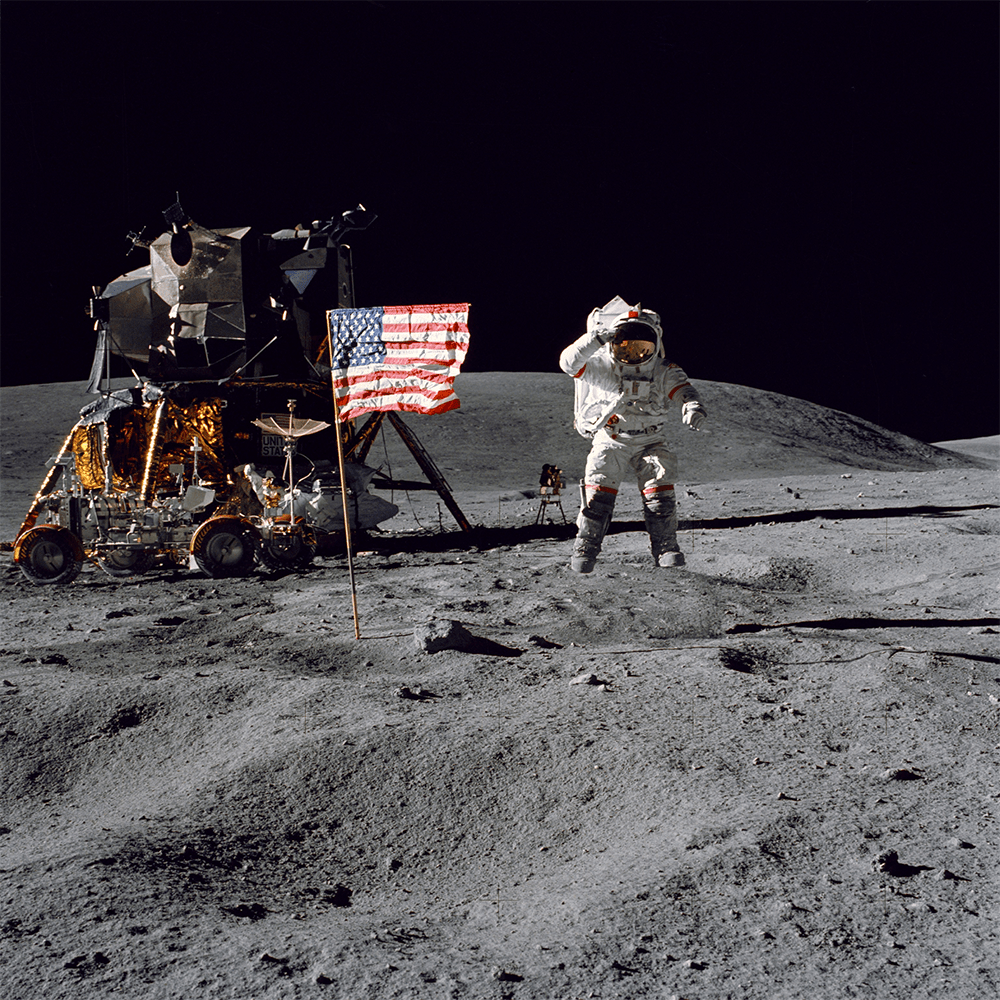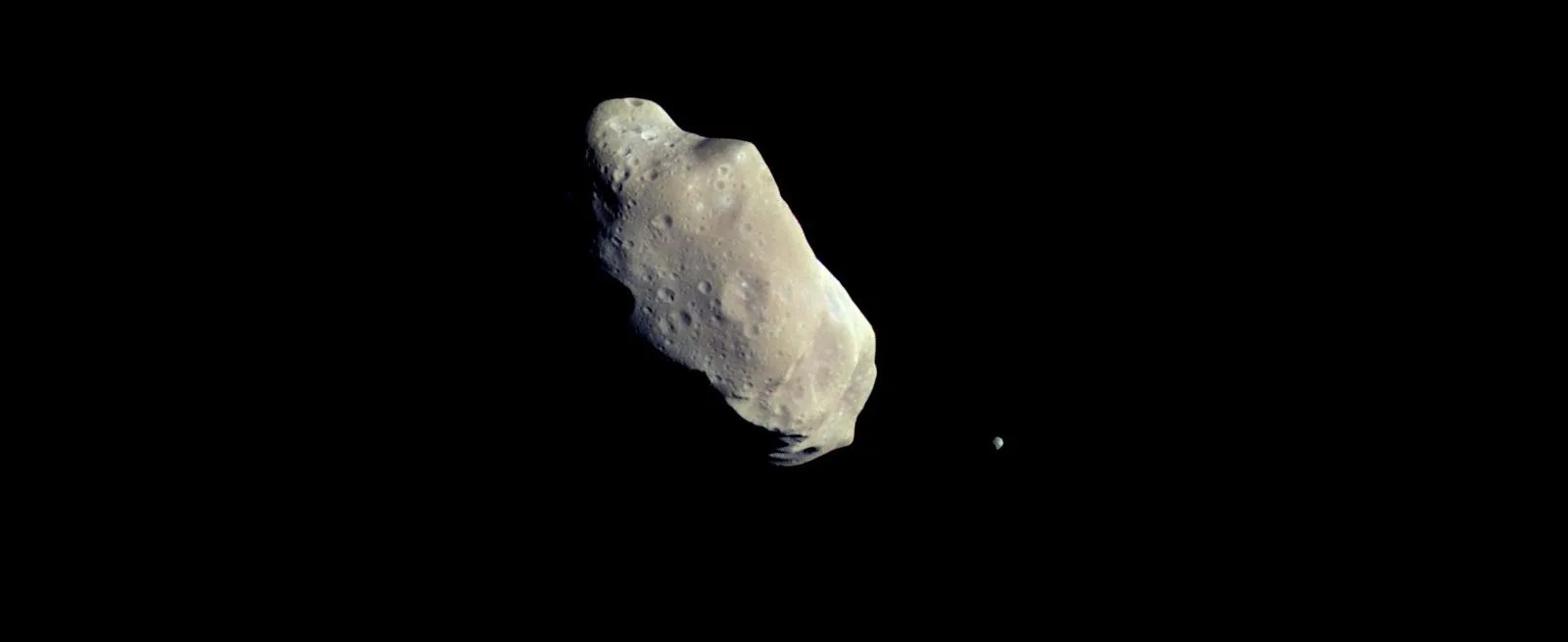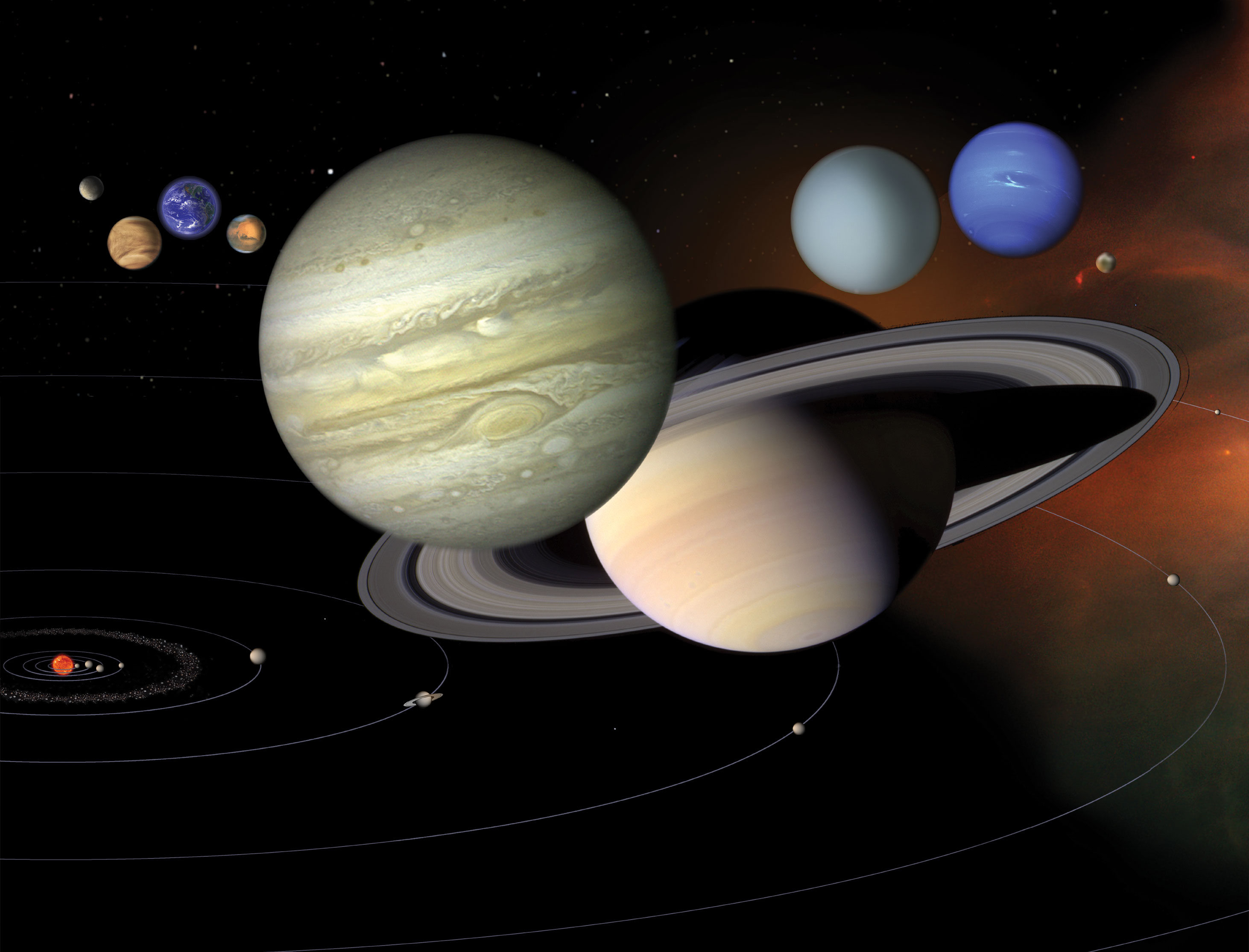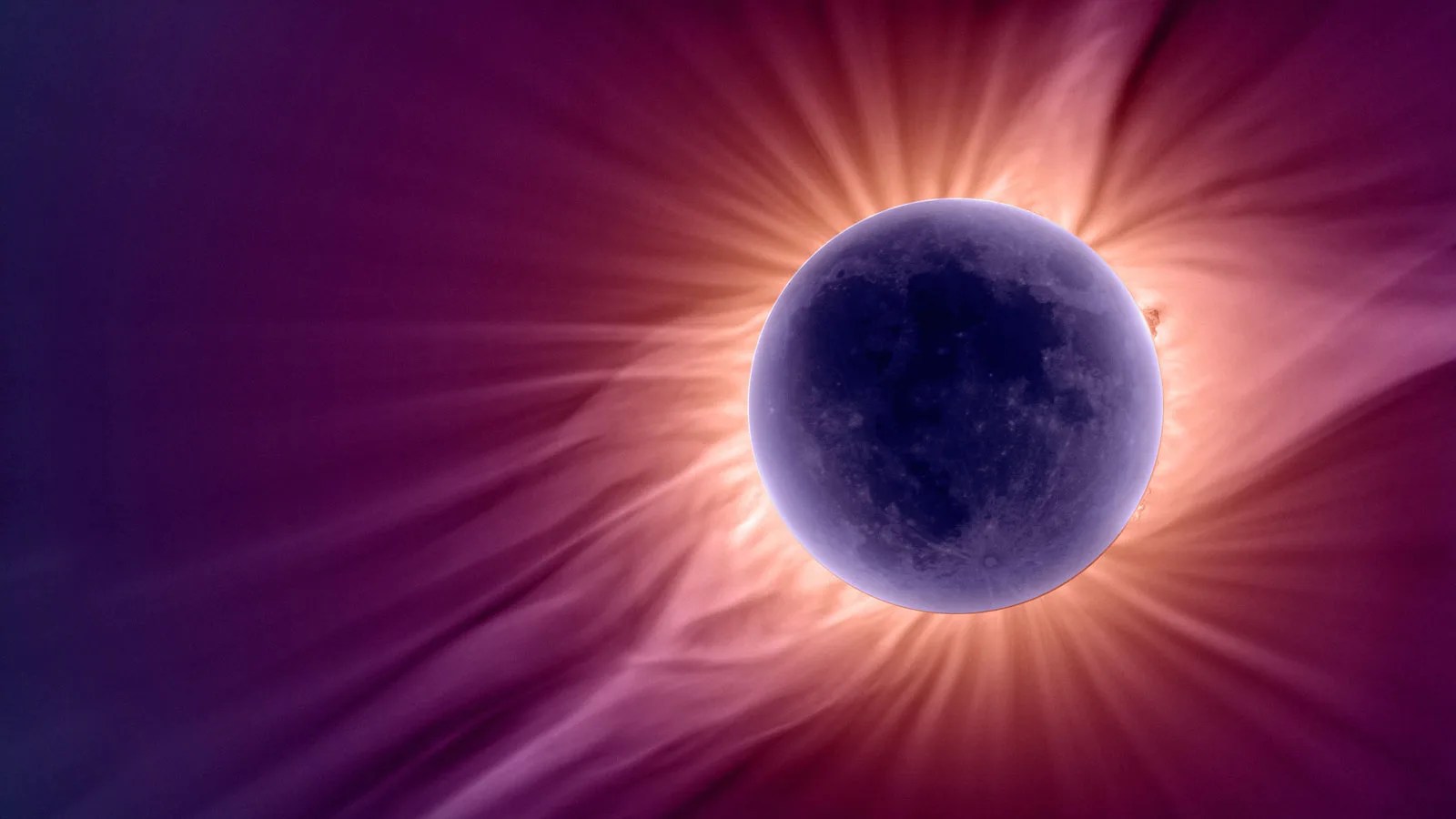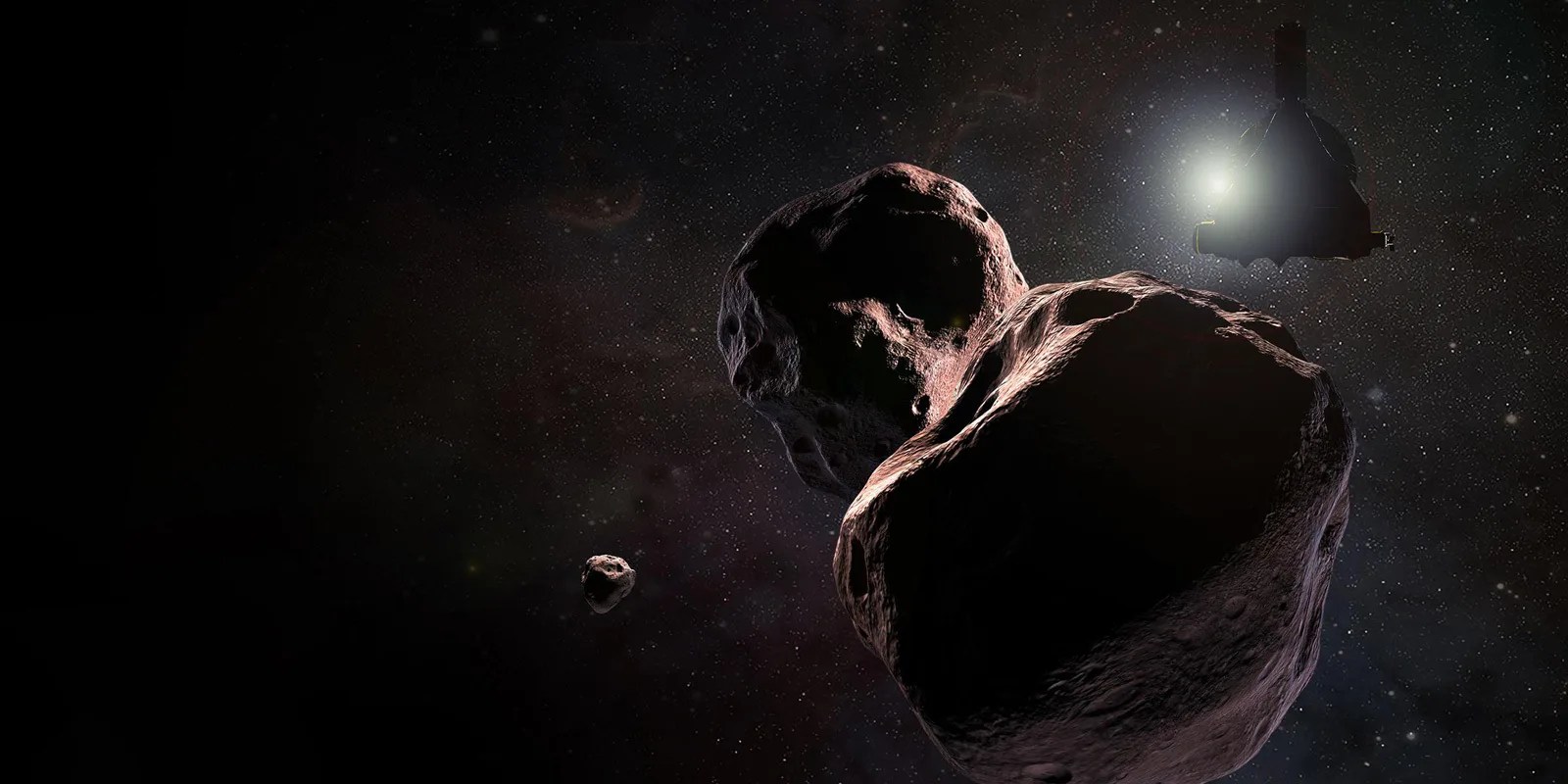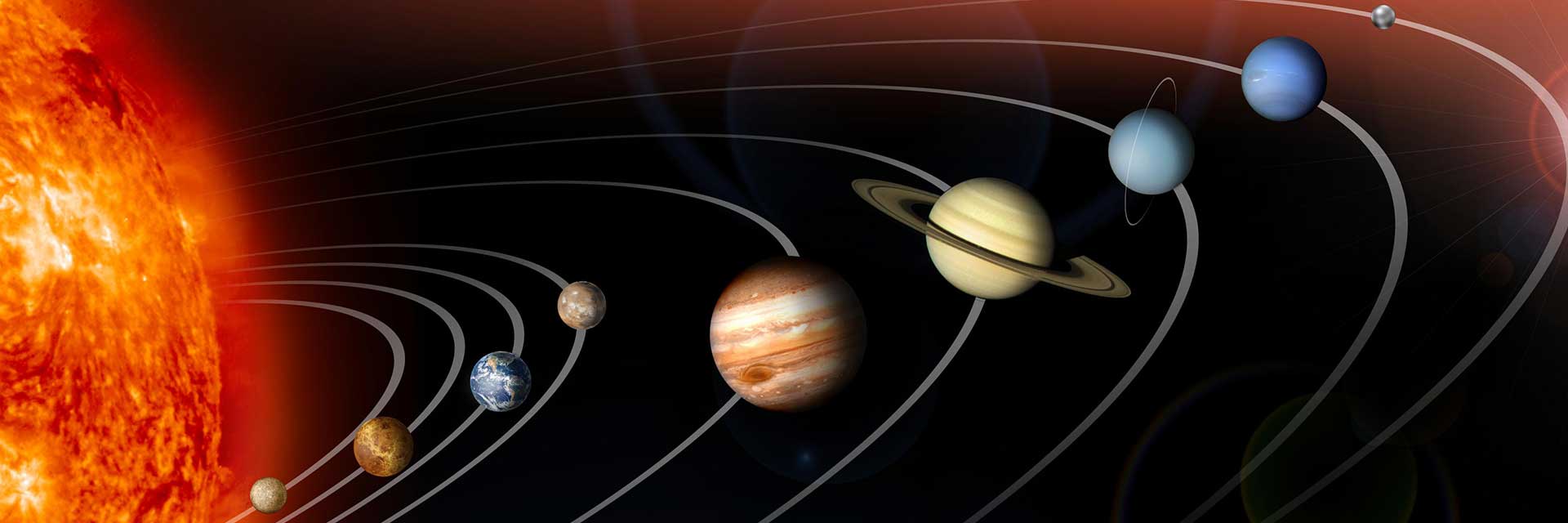
Solar System Exploration
Join us as we explore our planetary neighborhood: The Sun, planets, moons, comets, and asteroids.
Solar System Overview
The solar system has one star, eight planets, five officially named dwarf planets, hundreds of moons, thousands of comets, and more than a million asteroids. Our solar system is located in the Milky Way, a barred spiral galaxy with two major arms, and two minor arms. Our Sun is in a small, partial arm of the Milky Way called the Orion Arm, or Orion Spur, between the Sagittarius and Perseus arms. Our solar system orbits the center of the galaxy at about 515,000 mph (828,000 kph). It takes about 230 million years to complete one orbit around the galactic center. We call it the solar system because it is made up of our star, the Sun, and everything bound to it by gravity.
NASA Begins Post-Hurricane Milton Assessments at KSC
The Europa Clipper launch team will schedule an official launch date when teams from NASA's Kennedy Space Center, and SpaceX are able to assess the facilities, and confirm it is safe to launch. Teams are working to protect launch opportunities no earlier than Sunday, Oct. 13.
Read Our Blog
Help Celebrate the Launch!
 01
01Host a Launch Party
Get ready to experience a once-in-a-lifetime event as NASA's Europa Clipper mission takes flight! This historic mission will explore Jupiter’s icy moon, Europa, and you’re invited to host your very own watch party to share the excitement with friends, family, and fellow space enthusiasts. We’ve got everything you need to make your launch celebration out of this world.
 02
02#RunwayToJupiter Style Challenge
Express your space style! Show off your outfits, makeup looks, nail art, and other creative expressions inspired by Jupiter's swirls, Europa's icy glam, and the exploration of the planets. Share your look with the hashtag #RunwayToJupiter for a chance to be featured on NASA’s website and social media channels.
 03
03Get the Social Media Toolkit
If you’re interested in sharing content about Europa Clipper on social media, this is your space!
 04
04More Ways to Participate
Explore this page for mission updates, activities, spacecraft models, posters, stickers, animations, and more. This content is suitable for educators, students, and anyone interested in the Europa Clipper mission.
Hubble Tours the Solar System
10 THINGS about our solar system
Featured Missions
Explore our solar system with NASA. Here are some of our upcoming missions.

Europa Clipper
NASA's Europa Clipper is the first mission designed to conduct a detailed science investigation of Jupiter's moon Europa.

NEO Surveyor
Near-Earth Object (NEO) Surveyor is the first space telescope specifically designed to hunt asteroids and comets that may be potential hazards to Earth.

VERITAS
VERITAS, and another mission called DAVINCI, will be the first NASA spacecraft to explore Venus since the 1990s.

Go Beyond Our Solar System
NASA, Global Astronomers Await Rare Nova Explosion
Around the world this summer, professional and amateur astronomers alike will be fixed on one small constellation deep in the…
Read the Story
Solar System News

Four Asteroids Named After NASA Volunteers

NASA, NOAA to Provide Update on Progress of Solar Cycle

NASA: New Insights into How Mars Became Uninhabitable

GLOBE Eclipse and Civil Air Patrol: An Astronomical Collaboration





